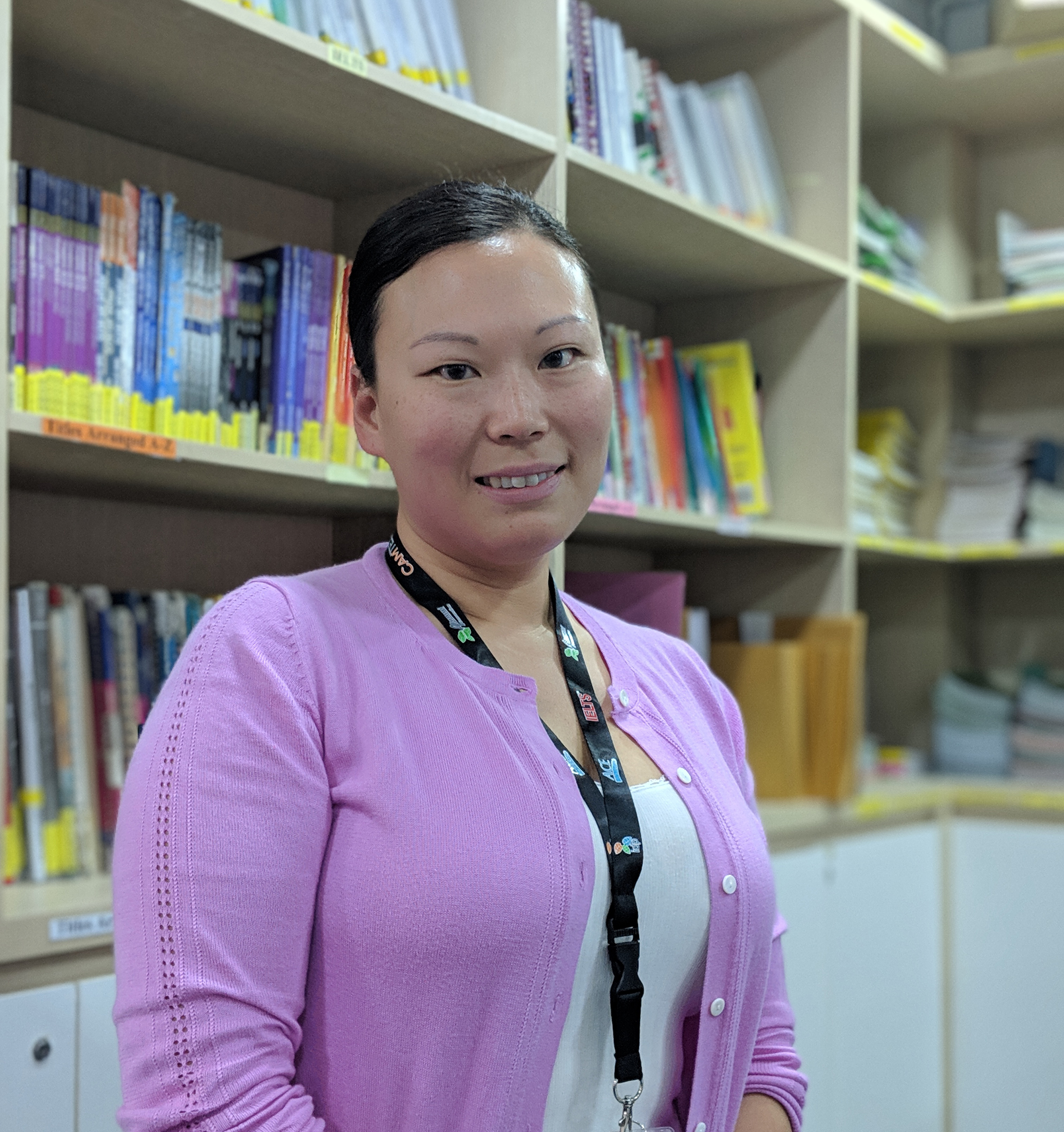Comprehension Through Creativity: How Projects Increase Content Comprehension
By Tracey Lange, ACE Teacher

The Australian Centre for Education (ACE), an initiative of IDP Education, has been operating in Cambodia since 1992. ACE’s main goal is to provide high quality English language training. ACE teachers strive to create dynamic classroom environments. Described below is a classroom activity I use that enables students to express their comprehension of content (vocabulary and writing points) in a group project that requires creativity and design. Most teachers already recognise the value of projects as a form of assessment and use them in their classes. Less recognised, however, is that projects also increase student learning of and engagement with content through activation of all four macro skills (reading, writing, listening and speaking). This article will show how a group project increases students’ comprehension of content through collaboration and creativity.
Research and Planning in a Group
Teachers present a PowerPoint slideshow that outlines the directions and requirements for the project. This project requires students to work in groups of two to four to 1) design an island, 2) write a tour guidebook for the island, and 3) prepare a presentation about the island. Students are required to use previously-learned vocabulary including geographical features, accommodation types, and travel verbs and phrases. In addition, they must also write a tour guidebook that provides information and expresses opinions. Students choose their own groups and use model tour guidebooks and cell phones for research. During the research and planning stage, students engage in reading, listening, collaborative speaking and pre-writing. They also work closely with the content material. They are allowed to be as creative as possible with their island design, provided that all requirements are met. Teachers ensure that needed supplies such as paper, scissors, glue, markers, coloured pencils and crayons are available. While students are working, teachers monitor and provide support as needed.
Product Creation
Students collaborate in their groups to conceptualise and create their island and tour guidebook. During this stage, students engage in further listening, speaking and writing as they create, revise, recreate and finalise their ideas into tangible products. They also work together to devise a presentation on their island. This requires students to again go through the writing process (pre-writing, writing, revising and editing) and apply previously-learned public speaking techniques as they practice presenting in their groups.
Presentation
In their groups, students give their presentations in front of the class. This sharpens each student’s public speaking and presentation skills, and also allows for assessment of content comprehension. During the presentations, students in the audience are also engaged: they take guided notes, listening for specific features including the name and theme of the island, the type and cost of accommodation, available activities and geographical elements. After each presentation, teachers ask questions to assess the audience’s listening skills, with students able to use their notes as a resource. This tests students’ listening skills in two different ways: listening for answers and details (the guided notes), and listening for spoken-response construction (the questions themselves). Teachers use a presentation rubric that is separate from the overall project rubric to grade each group’s presentation.
Content Comprehension, Reading, Writing, Listening and Speaking
This group project confers many benefits to both students and teachers. It allows students to engage with and express their comprehension of content through creativity and design. The project also activates all four macro skills: it requires reading, listening for multiple purposes, writing for a specific purpose and style, and collaborative and public speaking. For teachers, the project provides a form of assessment of both content and language objectives. Projects that incorporate content comprehension through language skills and creativity should be a crucial part of every course.